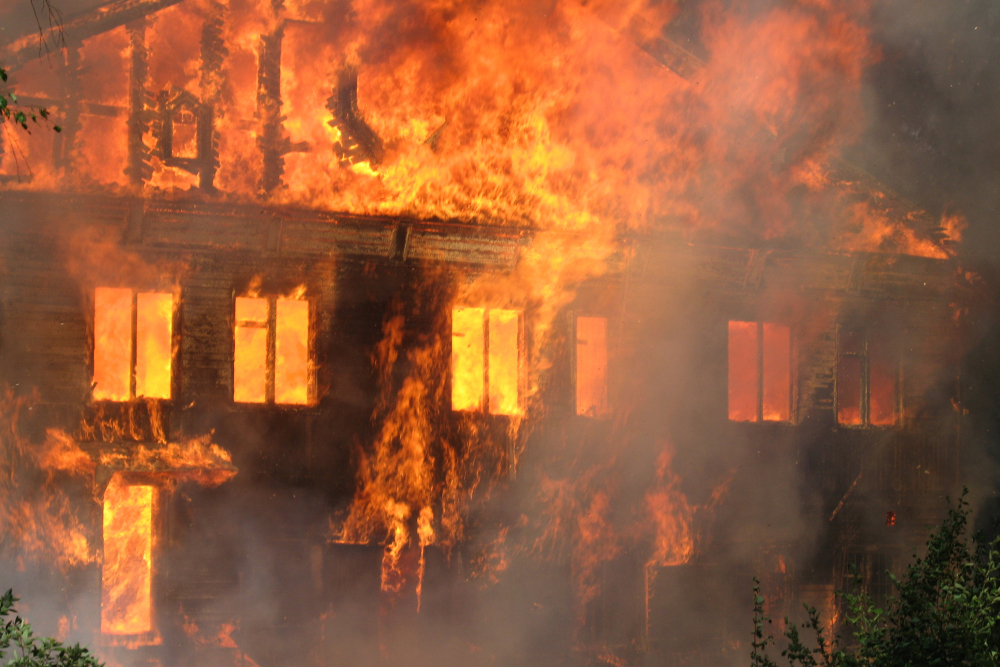 (888) 979-7969
(888) 979-7969
 (888) 979-7969
(888) 979-7969

Fire and smoke damage can have devastating effects on your property and personal belongings. While insurance policies offer coverage for such incidents, the process of filing a claim can be complicated and daunting. However, understanding the basics of how to file a claim and what to expect from the process can ensure a successful outcome. In this blog post, we will guide you through the steps of filing an insurance claim for fire and smoke damage.
The first step in filing an insurance claim for fire and smoke damage is to notify your insurance company as soon as possible. Most insurance policies require prompt notification to ensure that the necessary steps are taken to mitigate further damage. The insurance company will assign a claims adjuster to assess the extent of the damage and provide you with a claim form to complete.
It is essential to document the damage caused by the fire and smoke thoroughly. Take photographs and videos of the damage and prepare a written inventory of all the affected items, including their value and estimated replacement cost. The documentation will provide evidence to support your claim, and it is vital to keep a copy of it for your records.
While insurance companies have their own claims adjusters, it is recommended to hire a public adjuster to represent you during the claim process. A public adjuster will work on your behalf to ensure that you receive a fair and adequate settlement. They have the expertise and experience to understand the scope of the damage and can negotiate with the insurance company to maximize your claim settlement.
Another crucial step in the claims process is to mitigate further damage to your property. Insurance policies require policyholders to take reasonable steps to reduce additional loss. If you fail to do so, the insurance claim may be denied or reduced. Mitigation steps may include covering broken windows, removing debris, and drying out wet areas.
During the claim process, keep track of all the expenses that you incur, including temporary housing costs, transportation, and meals. You may be entitled to reimbursement for these expenses, so accurate records are crucial. Additionally, any expenses you incur while mitigating the damages may also be covered by your policy.
Filing an insurance claim for fire and smoke damage is a complex process that requires careful attention to detail and persistence. By following the steps outlined in this blog post, you can ensure a successful outcome and maximize your claim settlement. If you need assistance in the claims process, don't hesitate to contact a reputable loss adjuster in Orlando, FL, like Ultra Property Damage. Remember, it's crucial to act promptly and keep accurate records to achieve a favorable outcome in your insurance claim.